One of my next initiatives at Kings Road Primary School is to begin to construct an online community for pupils, staff and parents to support learning inside and outside school in a safe, closed environment. These tools are often referred to as Virtual Learning Environments (VLEs) or Learning Platform.
The Government's e-strategy states that by spring 2008 every pupil should have access to a personalised online learning space with the potential to support an e-portfolio.
Everyone can see the benefits to both staff, pupils and parents. The opportunities are endless and the doors to 24/7 learning are opened, suiting both the learner and in time, the teacher.
Staff will be able to:
- host private discussions amongst themselves about teaching and learning.
- share assessment data between staff.
- plan collaboratively.
- swop ideas and exchange best practice.
- share resources found on the Internet or made for the Interactive Whiteboard.
and lots more besides.
For pupils, this will be a rich and engaging place to
- host discussions amongst their peers, both inside and outside of the classroom.
- build portfolios of their learning, in a variety of formats, video, text, photographs.
- share their learning objects with others, inviting them for critical feedback and review.
- access and share resources, contributing them back to the community as well as simply consuming them.
- develop self-assessment as a mechanism for directing future learning and..
- personalised learning.
If schools realise the potential of just one or two of these aspects and fully embrace this change, it will be a revolutionary moment for pupils, parents and teachers throughout the UK.
What worries me, is do we have the tools to fulfill our desires. We have the intentions, we know (in the main) what we want, but are the tools we have today good enough for the job.
To be honest, I've yet to see an Online Learning Community tool that will meet the needs of this ambitious initiative. With the exception of one tool, Facebook. It seems to me that Facebook has the capacity to meet many of the needs for today's youngsters.
If we are going to get 'buy in' from pupils of all ages, particularly those of Secondary age, first and foremost we need to place them in an environment which appeals to them. It has to be THE place to be, hang out and be with others. It has to be instantly customisable, a place that each student can make their own. It's well known that one of the first things young people want to do with anything is customise it. Take their own pencil cases and books - immediately they doodle on them, attach stickers, anything to make it a little bit unique and special. The same is true with online spaces.
In 2001, I built an online tool called iShare which I made accessible to my primary age pupils. The purpose was to create a site that pupils could logon to and share their work with others, including their parents. I gave them each a 'passport' as their home page which they could customise. In those days, without Flash, CSS and AJAX technologies, the customisations were quite primitive, so changing the background image, font size, colour and uploading your own image was seen as a big deal. Pupils loved doing this, and they wanted to do this each time they logged on - perhaps whilst they were thinking about their learning.
If we want them to be building portfolios of their learning, this will need to ensure they can submit their learning objects in a variety of different formats, including video, audio, photographs and text. It will need some way in which media can be imported, edited and assembled online. Making do with an 'upload your video here' button simply won't be enough when in YouTube you can annotate it, add chapters and the like.
The Online Learning Community doesn't want to be too structured either. People don't all learn or think in the same way and this means removing tight workflows, processes and pre-configured spaces. It does mean enabling learners to create their own places with their own structures. Tagging and labelling can help build personalised structures for others to access in their preferred learning styles.
Pupils will be demanding about what the Online Learning Environment will allow them to do. They won't settle very easily with a system which isn't as good as something they're already using. Watch out developers, because if you haven't realised it already, you soon will. You have an enormous task on your hands.
Facebook already does most of the things I've described already. It is constantly being developed, both the core software and through the plugin Applications. Significantly, these aren't just contributed by the developers but can be written by any of its members who know how. Facebook isn't perfect of course, I think it would be hard to describe any software that is. However, it is closer to what's needed than anything out there today and most importantly, is engaging the members in Facebook's development and iterations.
What next?
Although it would be a wonderful action research project, I can see many reasons why schools couldn't simply adopted Facebook as it stands. The current set of tools couldn't protect its membership well enough from other community members, who could literally be anyone in society from all around the world.
However, if Facebook were to enable schools to buy into their software, run it locally within the school and have it's own membership I think we'd be almost there. The innovation comes from having some interoperability with Facebook's main site for building the extended communities for families, friends and relatives. The interoperability should also allow the site to be regularly updated with software enhancements and new applications, so every school moves forward and not just those that can afford it.
I can't help but think that as each school tries to find a solution for their VLE, and each Local Authority offers support and advice - the answer is staring us in the face.
Am I missing something, surely Facebook (or the next social network software) is the way forward? Can you imagine youngsters settling for anything less for their learning experience?

 It never ceases to amaze me how important Role Play is in engaging pupils in understanding and performing tasks to the best of their ability. I remember quite early on in my teaching career when I was working with friends from Ultralab on an eTui research project. The afternoon involved my pupils playing with toys, a radio controlled car, a programmable toy and an eTui (a meta-level learning toy.) We asked my pupils to complete a questionnaire about what they understand about how each toy moved, what it sensed and how it responded to the environment in which it was being used.
It never ceases to amaze me how important Role Play is in engaging pupils in understanding and performing tasks to the best of their ability. I remember quite early on in my teaching career when I was working with friends from Ultralab on an eTui research project. The afternoon involved my pupils playing with toys, a radio controlled car, a programmable toy and an eTui (a meta-level learning toy.) We asked my pupils to complete a questionnaire about what they understand about how each toy moved, what it sensed and how it responded to the environment in which it was being used. 








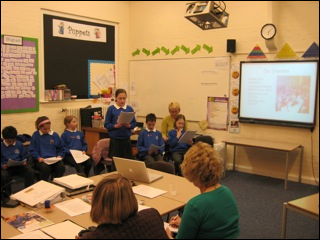 Last night, the School Council at
Last night, the School Council at 

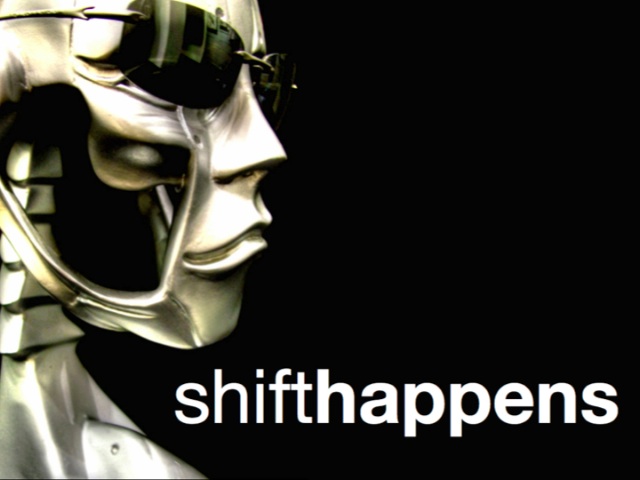



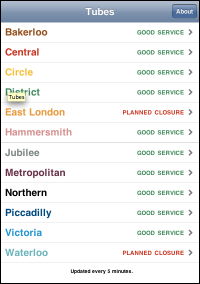

 I've been running a
I've been running a 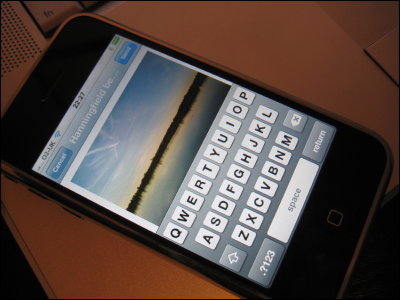
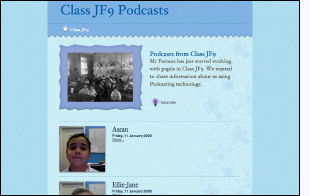
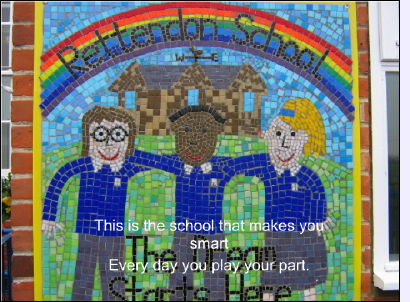 Rettendon Primary School in Essex have just recently begun work on an International project, linking with a small school in Little Cayman. The
Rettendon Primary School in Essex have just recently begun work on an International project, linking with a small school in Little Cayman. The 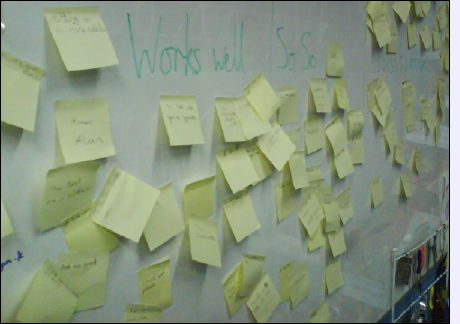 Having recently taken a new role at
Having recently taken a new role at  It's been a whole year since the last one, and they get better and better each year. This is the largest Education and Technology show in the UK and is aimed specifically at the schools and Education sector.
It's been a whole year since the last one, and they get better and better each year. This is the largest Education and Technology show in the UK and is aimed specifically at the schools and Education sector.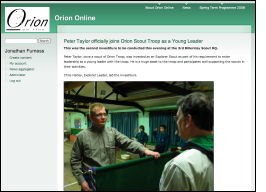




 I've recently written about the fabulous and innovative work going on at a local Primary School, on my
I've recently written about the fabulous and innovative work going on at a local Primary School, on my